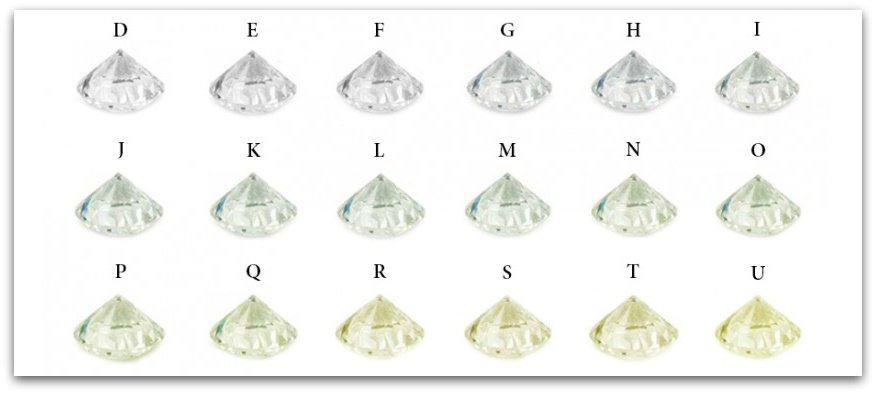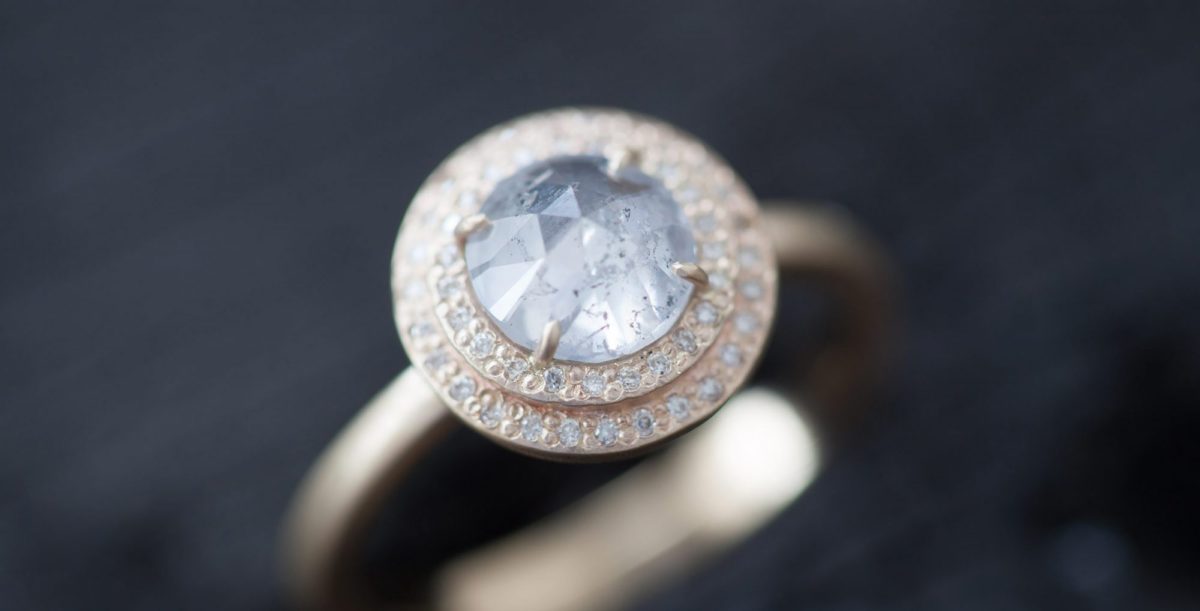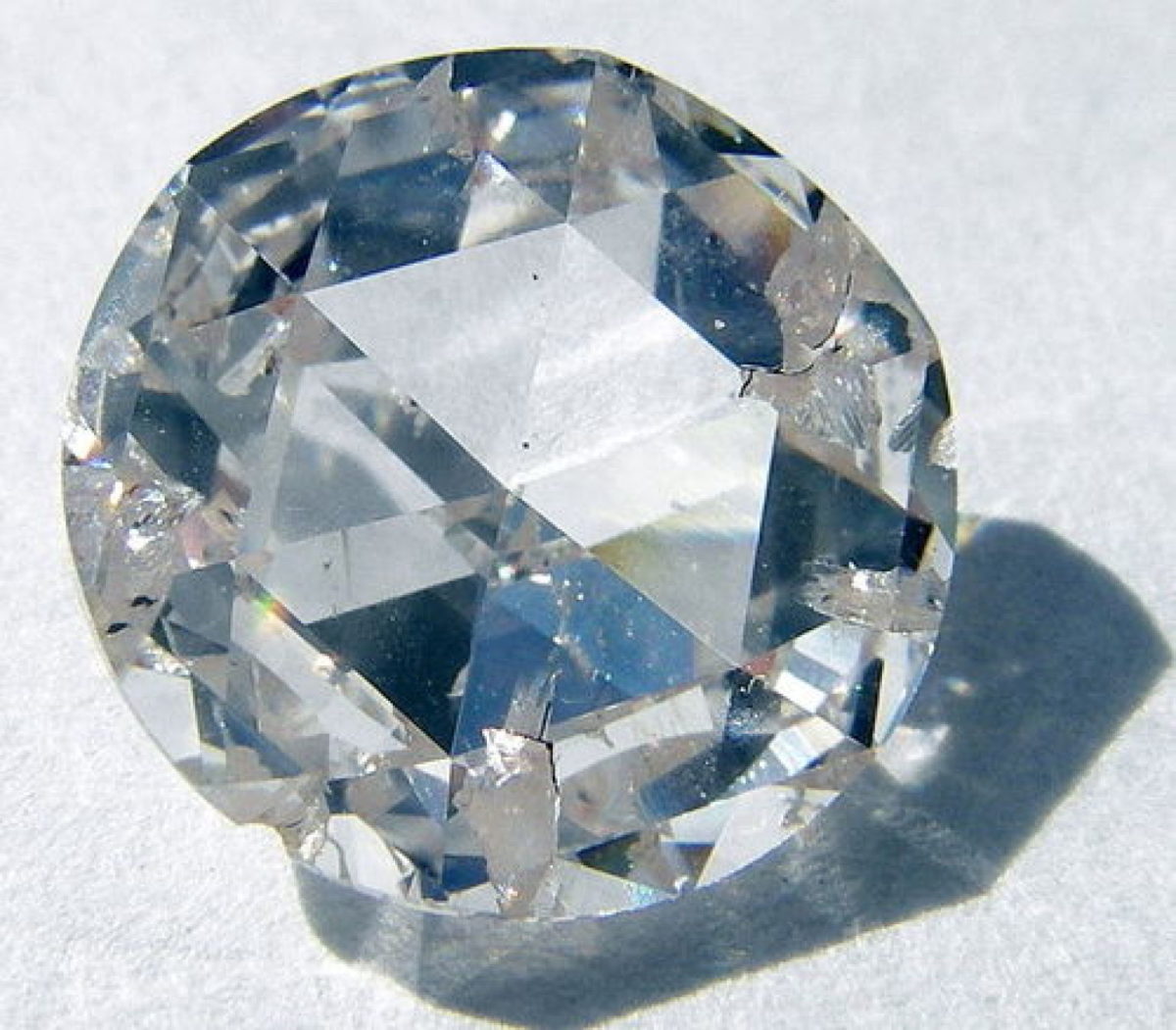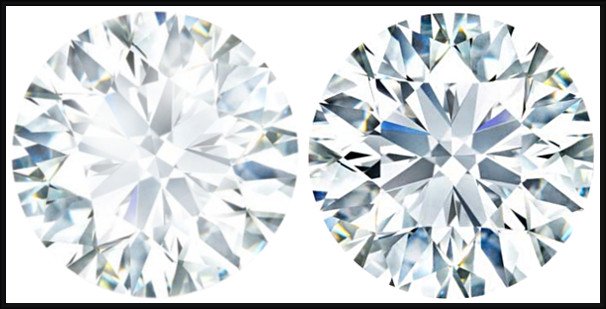Take care.
Johan Poggenpoel, Co-Founder.
T; 012 111 0525 (Pretoria) | 010 020 6811 (Johannesburg)
E; info@poggenpoel.com
Instagram:https://www.instagram.com/poggenpoeljewel/
Facebook; www.facebook.com/poggenpoel

You want your engagement ring to look absolutely amazing, and so do I. Whether you’ll be sliding it on someone’s finger, or the proud recipient – the quality of this significant piece of jewellery can’t be overstated.
It needs to last a lifetime, and send the perfect intimate message;
“I’m fully committed to you, you’re a one of a kind- just like this ring, and I’ll always walk that extra mile to make you feel deeply loved and cherished.”
This is an amazing new chapter in your life – and it’s worth celebrating. A little bit of extra effort will get you very far.
As you visit jewellers you’ll easily enough be able to spot a poor design and bad craftsmanship when it comes to the metalwork (setting) of their rings, but judging the actual quality of the centre diamonds on offer is a different, hazy story.
The CEO of the world’s most renowned grading laboratory (GIA) famously said that even after decades in the world of diamonds he still sees and learns new things every single day.
No pressure…
There’s no denying the centre diamond will be the star of the show, but how would you be able to spot that perfect diamond (high quality at the right price) with your limited hands-on experience? Your level of book/blog-knowledge won’t take you all the way on this topic.
I’ll do my utmost best to guide you on this often overlooked aspect and ensure you secure a win for all involved! That’s what matters.
Higher asking price = higher quality?
Not always. It’s assumed there’s a correlation to some degree, but there’s no guarantee.
On our honeymoon to Italy, I splurged an embarrassing amount of money on a pair of leather dress shoes… when in Rome and all that. On our last stroll to Giolitti (best ice-cream on earth) my new wife saw blue suede loafers in a store display for around 30 Euros and bought them for me as a “thank you for the honeymoon”- gift.
5 years later, the expensive pair has worn out horribly… to the point that they’re unwearable.
And those loafers? I’m literally wearing them now. They’re in surprisingly great shape.
Again, price isn’t always indicative of quality. And that statement holds up terrifically when it comes to fashion and jewellery.
A low hanging fruit on this topic is the challenge traditional mall-based jewellers are facing. Engagement ring browsers and buyers know the massive premium charged by these old school jewellery stores is due to low volume sales that need to cover gigantic overheads including deadstock that has to be remodelled to fit new trends, inflated rent, high-end shop fittings that have to be replaced every few years, 2-3 sets of staff to meet the mall’s business hours without CCMA issues and sky-high insurance. That’s why their prices seem so bloated.
If their quality justified their prices, there would be decent foot-traffic and a good amount of sales. Next time you’re in a mall take note of how empty high end jewellery stores are.
The 4C Model – 2C’s that matter, 2Cs that don’t.
The 4C model is a basic framework to help you understand how 4 main variables (Carat, Colour, Cut And Clarity) affect the price and appearance of a diamond. For a more in depth explanation please hop over to our “1 Page Diamond Buying Guide”, our download our ebook “Buying A Diamond Like A Diamond Dealer”.
Diamonds are more complex than this framework would have you believe, but keep in mind it’s a useful buyer’s tool to significantly demystify the main diamond characteristics. It’s not the Bible of Diamonds. When it comes to discerning the quality of diamonds, only 2 of these C’s actually play a role.
Colour and Carat (size) don’t affect the quality of a diamond.
Colour:
Diamonds come in all the colours of the rainbow. Pink, red, green, blue etc are referred to as fancy colours and they’re beyond the scope of this post due to their scarcity and exorbitantly expensive prices. One of the craziest prices I’ve seen in the world of coloured diamonds was around 9 months ago when a 59ct pink diamond sold for $71 200 000.
Normal, run-of-the-mill diamond colours range from 100% colourless “D” all the way down the alphabet to “Z” which has a prominent and obvious yellow or brown tinge. Some people prefer their diamonds absolutely ice-white, others feel very faint hints of colour add character and warmth to a diamond’s look. It’s purely down to personal preference and the price-range you’re considering.

Carat (Size):
Carat is merely a measure of weight and any size diamond can be high or low in quality.
Although the direct effect of size on quality is non-existent, engagement rings set with larger centre diamonds just look way more impressive and extravagant. For this reason we generally recommend you optimise for size without compromising on certain key characteristics of a diamond. You can find our great size optimisation guide HERE (+/-R70 000 budget) and HERE (up to and over R100 000). This framework is very useful for lower budgets too.
A word of caution; this is usually where you cross paths with temptation. Understanding what size diamond your budget allows is very important. If you want a 1,00ct diamond for R30 000, there’s no way to keep it’s quality top notch. You can browse these pages to calibrate your expectations;
Cut and Clarity greatly affect the quality of a diamond.
Clarity:
This is a grade measured under 10X magnification by experienced gemologists in very controlled laboratory conditions. The grade is issued after carefully considering the size, risk, type and location of impurities. Certain imperfections like a chip on the side of a diamond increase its tendency to break. So, a diamond can be perfectly clean apart from the tiny chip, but due to the increased risk of cracking and chipping it would most probably be graded no higher than SI1.

*This diamond, although it seems white and large-ish, is obviously low-quality.
The SI-category is too broad and loosely defined these days. A few short years ago Si1 and Si2 diamonds were eye-clean. That’s unfortunately changed. We very rarely stock diamond clarities under VS2, but there can be eye-clean options in the SI-range. If we have SI-stones in stock we’ve ensured they’re eye-clean, and you can rest easy.

A 0,50ct “M” coloured diamond that is free from any visible inclusions, and has been masterfully manufactured (cut) for optimal brilliance and fire is a higher quality diamond than a 2,00ct D-colour diamond that was poorly cut, looks like a dead and dull piece of glass and contains small, but visible, fractures in the crystal structure.
The prices of these 2 mentioned examples;
The 2,00ct diamond would cost you 8 times more than the 0,50ct. But for what it is and costs, the 0,50ct is undoubtedly a higher quality diamond.
If your diamond budget is around the $4 500 range, and you’re pushing for size, a 1,25ct J-colour, VS2 clarity diamond with an excellent cut grade is a much better buy.
Cut: The most important C
Cut is without a doubt the most important C, and never worth compromising on. For a complete rundown on the reasons; head over to “Which C Is Most Important?”.

The way a diamond reflects, refracts and works it magic with light is one of its best and most unique attributes. A poorly cut diamond like the one below looks like a dull piece of glass, and no size or colour will ever save it.

Diamond cutting and polishing isn’t an art. There are very specific parameters, ratios and facet angles that need to be in place to ensure a diamond has an optimal amount of scintillation (sparkle), life, brilliance and fire.
When a diamond’s cut grade is measured by the GIA (The most respected diamond grading laboratory in the world) the diamond is 3d scanned into a program, very wittily named the “GIA Cut Grading System”, that compares it to their alpha/ideal diamond model.
This alpha models draws on the observation of over 33.5 million diamonds that have traveled through the GIA. First of all every diamond is cleaned, then a gemologist comments on the visual vibrance of the diamond, and then its 3D scanned into the system. Through complex algorithms the ideal/alpha diamond model was born and is continually being fine-tuned.
In its most basic form, the cut grade issued by a diamond grading laboratory is a great indication of how well a diamond performs visually.

Issues beyond the 4C model;
Fluorescence.
About 30% of diamonds emit some degree of fluorescence when exposed to concentrated UV light. Fluorescence, unfortunately, doesn’t have a predictable effect on the appearance of a diamond.

Think of fluorescence as peanut butter. Need fuel for your gym session or daily run? Great choice. Sneaking a spoonful into a curry and feeding it to your highly nut-allergic cousin? Bad idea. You’re better than that.
The GIA and HRD (our prefered grading laboratories) include a single line on the diamond grading report that indicates the colour and intensity of the diamond’s fluorescence. The impact of this characteristic on the appearance of a diamond isn’t mentioned for some reason. But, most grading laboratories don’t even mention fluorescence colour and intensity so HRD and GIA are a small step ahead, although I think there’s a critical omission.

Ok, but what’s influenced by the colour and intensity of fluorescence?
Lustre might be affected.
Luster refers the level of milkiness and cloudiness in a diamond due to the negative visual impact of fluorescence on a specific diamond.
The lustre grades:

*Quick plug; we only sell L1 diamonds.
Since a lustre grade is never issued any laboratory’s grading certificate, it’s sadly often overlooked and rarely discussed. A diamond might look great on paper/certificate, but when viewed in person it’s just not crisp and clear.
If a diamond’s price seems too good to be true for the specifications, there’s often a lustre issue.

*To the right is a L1 diamond, and the left side shows what cloudiness and milkiness looks like in a diamond.
Buying Tip: High-end colours like DEF can be discounted up to 30% when there is medium or higher fluorescence stated on their certificate. Since the lustre can be unaffected, there are often great bargains.
A simple example;
*They’ll appear identical since lustre was in this case unaffected by the fluorescence.
The importance of proper and consistent grading.
Sticking to GIA, HRD and AGS graded diamonds will at least give you a true grading on clarity, cut and fluorescence. But as you saw, that doesn’t cover all the bases.
The complexity of this quality issue is one of the strongest arguments to find a reputable and very knowledgeable jeweller who has your back on these beyond the 4c’s issues.
Not all labs grade accurately and consistently, which is a problem for engagement ring shoppers. To better understand the impact of poor diamond grading take a few minutes to read: “Not So Independent Diamond Grading Reports”
The diamond quality checklist I promised:
Take your engagement ring to the next level by ensuring the centre diamond is nothing short of jaw-dropping.
Easily take the guessing and stressing out of the picture.
Save yourself a ton of time and make Poggenpoel™ your first stop. We don’t lose deals after someone has visited one our studios and seen our obsessive commitment to every detail and aspect of your engagement ring.
We’ve got your back on this. ALL our diamonds pass these tests and requirements with flying colours.
From a wide variety of diamonds available to one-on-one sessions with one of our world class designers – you’ll have a great time… and know you’ve found your jeweller.
I invite you to visit our jewellery studios in Pretoria and Rosebank to see feel and experience top-end diamonds for a variety of budgets.
For questions, quotes and consultation bookings please feel free to reach out on info@poggenpoel.com or get in touch via your prefered channel.
Take care.
Johan Poggenpoel, Co-Founder.
T; 012 111 0525 (Pretoria) | 010 020 6811 (Johannesburg)
E; info@poggenpoel.com
Instagram:https://www.instagram.com/poggenpoeljewel/
Facebook; www.facebook.com/poggenpoel